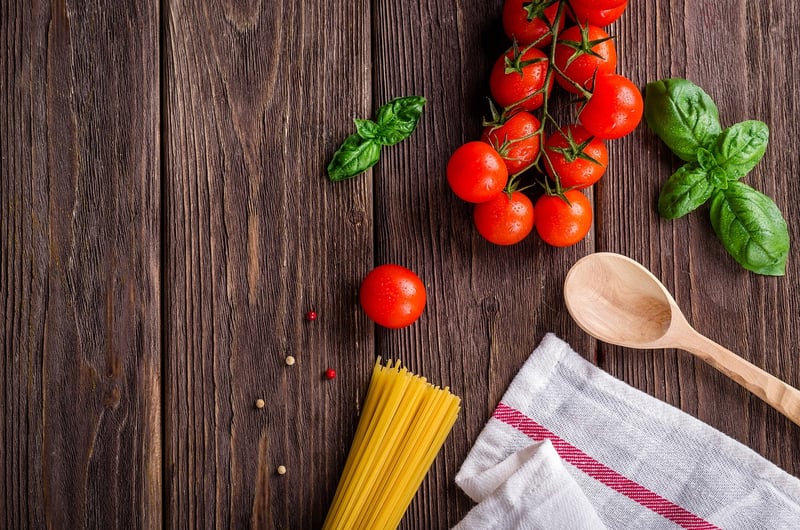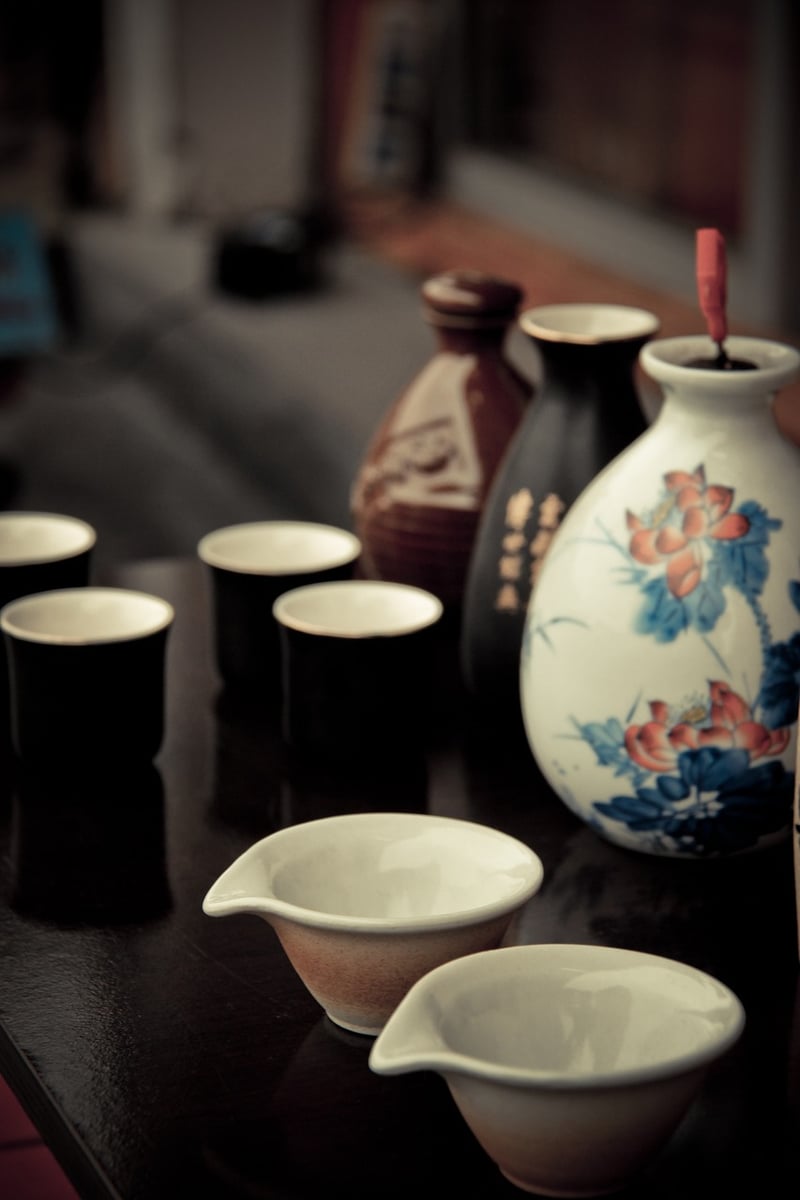Experimental Dishes
The Art of Culinary Innovation: Exploring Experimental Dishes
Welcome to the fascinating world of culinary creativity, where chefs push the boundaries of traditional cooking to craft unique and inventive dishes that delight the senses. In this article, we will take a closer look at experimental dishes, exploring the artistry and innovation that go into creating these culinary masterpieces.
What are Experimental Dishes?
Experimental dishes are innovative creations that break away from conventional recipes and cooking techniques. These dishes often blend unexpected flavors, textures, and presentation styles to offer diners a one-of-a-kind gastronomic experience. Chefs who specialize in experimental cuisine are known for their boldness in reimagining traditional dishes and ingredients.
The Creative Process
Creating experimental dishes is a highly creative process that requires a deep understanding of ingredients, flavors, and culinary techniques. Chefs draw inspiration from a variety of sources, including art, nature, science, and cultural traditions. They experiment with different cooking methods, ingredients, and plating styles to develop dishes that are as visually stunning as they are delicious.
Key Elements of Experimental Dishes:
- Unconventional ingredient pairings
- Unexpected flavor combinations
- Innovative cooking techniques
- Artistic plating and presentation
Examples of Experimental Dishes
From molecular gastronomy to fusion cuisine, there are countless examples of experimental dishes that have captured the imagination of food enthusiasts around the world. Some notable examples include:
1. Deconstructed Sushi
This modern take on traditional sushi breaks down the components of a classic roll and presents them in a visually striking manner, often incorporating unique ingredients and flavors.
2. Foie Gras Ice Cream
A luxurious and unexpected treat, foie gras ice cream combines the rich, buttery flavor of foie gras with the creamy texture of ice cream for a truly decadent dessert experience.
3. Edible Balloons
Using molecular gastronomy techniques, chefs can create edible balloons made from flavored gases encapsulated in a thin membrane. These whimsical creations add an element of fun and surprise to the dining experience.
Embrace Culinary Innovation
As food lovers, we can appreciate the artistry and creativity that go into crafting experimental dishes. By embracing culinary innovation and supporting chefs who push the boundaries of traditional cooking, we open ourselves up to new and exciting flavor experiences that challenge our perceptions of what food can be.
Next time you dine out, consider trying an experimental dish and let your taste buds embark on a thrilling culinary adventure!

Image source: Pixabay
